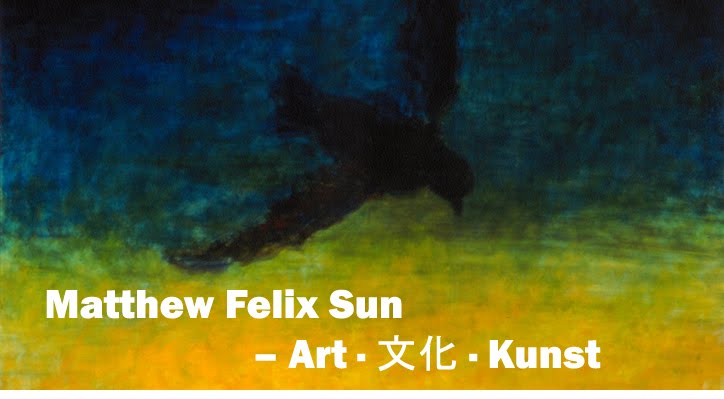 |
| New York Time image |
His vision, seen in the video below, sans in-situ wow factor, is not without interest and fun. On surface, it even provides a glimpse of some semblance to the real masterpiece; but the emphasis was decidedly on the technique wizardry and passion play pageantry. The creator also showed no real understanding of the original and no interest of presenting the original in appropriate way. It is all technological bells-and-whistles, very flashy in a way of a polished but hollow Las Vegas extravaganza. The exhibit is all about Greenaway and his technical prowess, which surely is valid and legitimate. But this exhibit is not what it claimed to be, as Leonardo's masterpiece came to live. Anyone goes to the exhibit hoping for a fairly true representation of the work and gain insight, will be disappointed. It hardly enlightens us of the work and eventual Leonardo's masterpiece through his vision became images of high-resolution murkiness. This is spectacle masquerading as art. High tech tableau vivant. It is actually kitsch with capital K.
I'm not a prude or purist and I am not against utilizing new technology to reach out and create. I have discussed in positive terms of artworks created with new media, and have used video to present my own works. My first encounter with Italian Renaissance painting in Shenyang, China, was through light-box photo reproductions, in 1980s. Without such substitution, I would have to wait for decades to see some real ones and some Chinese would never had such chance to see any.
Only if Greenaway presents something truly interesting, other than just cheeky entertainment, the merit of the show would be greater. However, according to a very detailed New York Time review by Holland Cotter, Adding Bells and Whistles to Leonardo, his vision even fell short of a cheeky entertainment and kitsch:
Straight ahead is a replica of the painting, digitally scanned and printed on plaster, with its familiar image of Jesus seated among his perturbed apostles at a long table. A three-dimensional version of the painted table, replete with plates, knives and loaves of bread but with everything plaster white, sits in the center of the enclosure.
Special effects kick in. Images projected onto the replicated painting make figures look three-dimensional. The light in the depicted scene changes; sometimes seeming to come from above, sometimes from a mysterious background source. One group of apostles is momentarily spotlighted as the others fade into darkness; another group is set off with diagrammatic outlines. At regular intervals the whole scene goes dim except for the figure of Jesus, which radiates beams like a searchlight.
Digital reproduction and video recording of art can be valuable, letting us see things we would otherwise never see.
In China, to take one example, the many marvelous frescoes being discovered in ancient tombs are so susceptible to light and moisture damage that they are accessible only to scholars and scientists. Various forms of digital simulation may be the closest the public will get to seeing this art "live."
Then there is the "Last Supper" itself. In irreversibly degraded condition, it may one day have to be taken off view to preserve what’s left. At that point copies are what most of us will know of it. (Whether those copies should be colorized as Mr. Greenaway's "Last Supper" has been, presumably to recapture its original look, will be a matter for debate.)
But by Mr. Greenaway's account, his project exceeds mere documentation. He says that his multimedia remakes of masterpieces are intended to revive visual literacy in art audiences.
As for what's at the Armory, it falls short as art, as art history, as conservation and even, I regret to say, as kitsch. So what's left? A gassy something or other called a "vision," and not the last of its kind. Mr. Greenaway’s painting-by-pixel project calls for at least seven more makeovers of art's greatest hits. Among the candidates are Picasso's "Guernica," Michelangelo's "Last Judgment" and Jackson Pollock's "One: Number 31, 1950."





No comments:
Post a Comment